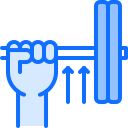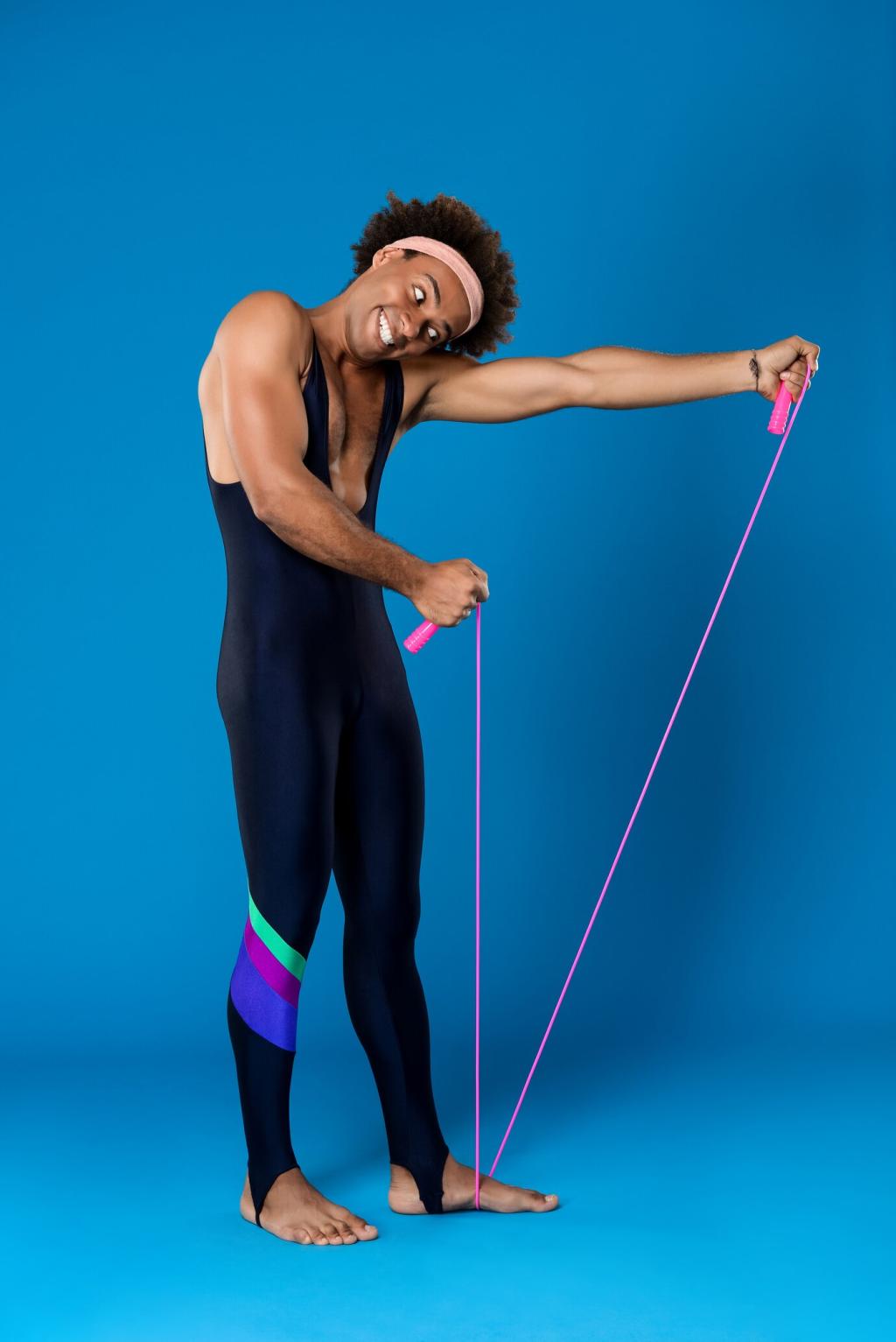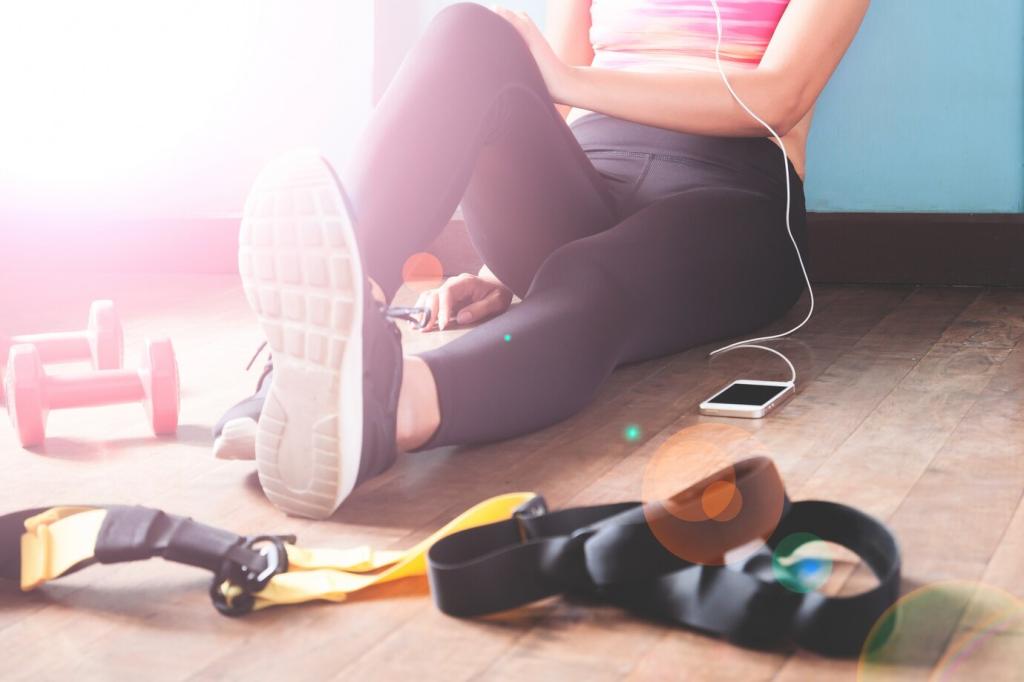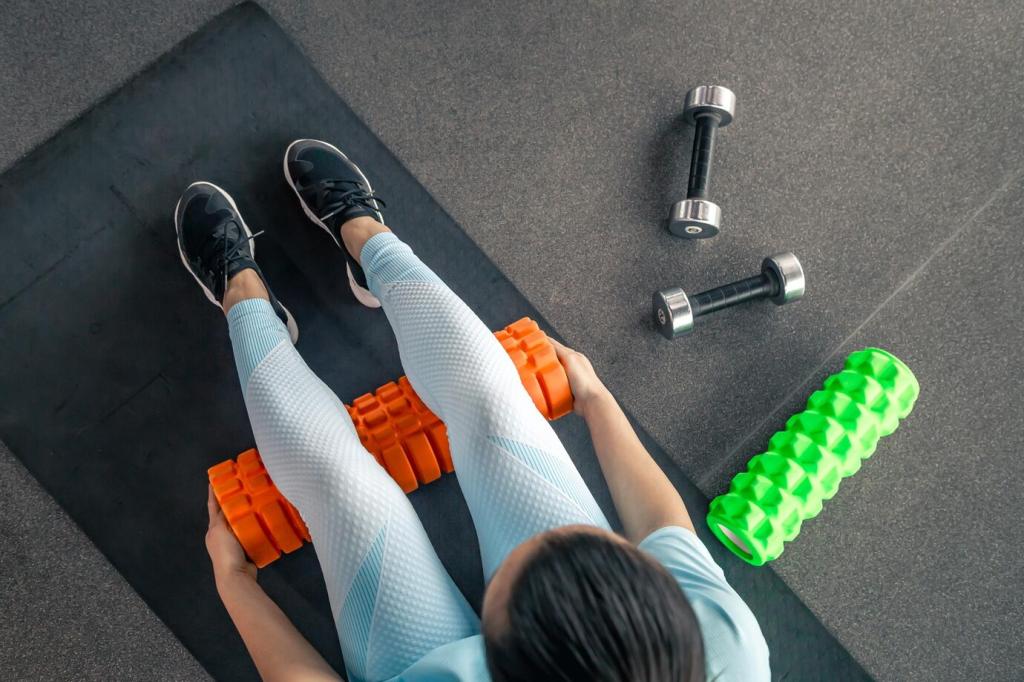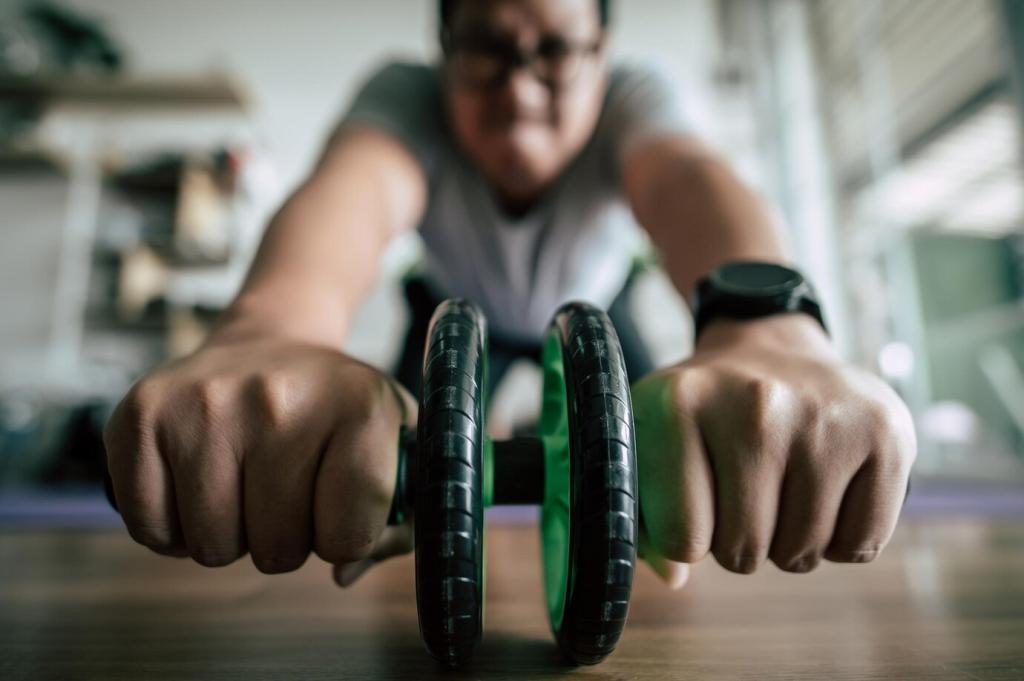Injury-Smart Flexibility Training
Aim for a curious edge, never sharp pain. Use a perceived exertion scale and back off if breath becomes ragged. Gentle tingling can be normal, but burning or pinching is a stop sign. Your edge should feel sustainable for multiple calm breaths.
Injury-Smart Flexibility Training
Pair lengthening with strength in complementary muscles. Eccentric hamstring work, light glute activation, and core engagement stabilize new range. Strong muscles support open joints, helping your gains last off the mat and reducing the risk of overuse irritation.
Injury-Smart Flexibility Training
Hydration, sleep, and gentle walking flush tissues and nourish recovery. Try ten minutes of legs-up-the-wall after practice. A warm shower or light self-massage can soothe soreness. Recovery is not laziness; it is where your flexibility consolidates and becomes yours.
Injury-Smart Flexibility Training
Lorem ipsum dolor sit amet, consectetur adipiscing elit. Ut elit tellus, luctus nec ullamcorper mattis, pulvinar dapibus leo.
